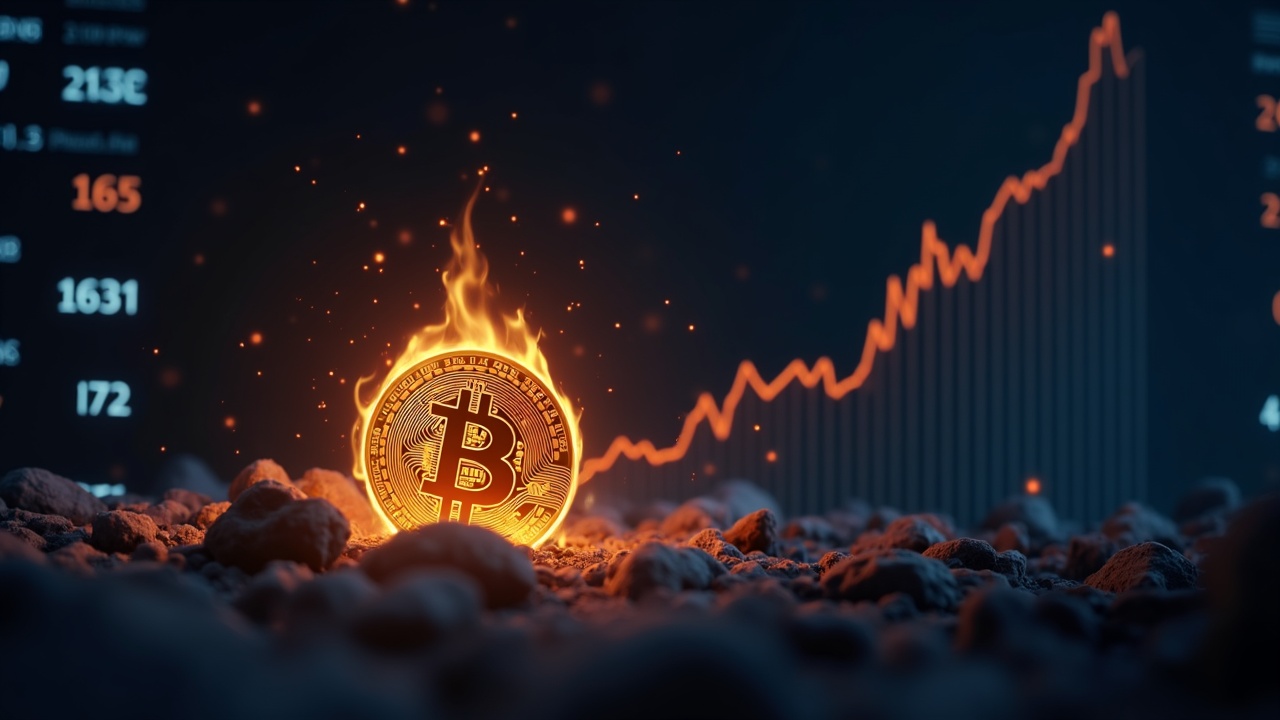The recent BNB token burn has indeed solidified its position in the market, with current data confirming it has overtaken XRP by market capitalization. This shift highlights two very different assets navigating the crypto landscape, each driven by distinct forces that treasury managers and funds are closely watching.
The Engine Behind BNB’s Rise
The completion of the 33rd quarterly BNB burn in late October 2025 directly catalyzed its recent price increase and market cap surge. This deflationary mechanism permanently removed 1.44 million BNB from circulation, worth approximately $1.66 billion at the time of the event. This strategic reduction in supply is a core part of BNB’s value proposition, steadily increasing the asset’s scarcity with the long-term goal of reducing the total supply to 100 million tokens.
The market’s reaction was immediate. Following the burn, BNB’s price climbed, contributing to a market capitalization of around $161 billion, which briefly propelled it above XRP’s market cap of approximately $158 billion. This burn was notably the largest in dollar terms to date, underscoring a significant and ongoing commitment to a deflationary model. Beyond these scheduled events, BNB’s utility within the Binance ecosystem—used for paying transaction fees, participating in token sales, and powering applications on the BNBChain—creates constant, real-world demand that further tightens available supply.
BNB vs. XRP: A Tale of Two Models
The fleeting change in rankings underscores the fundamental difference between BNB and XRP. They are not just different assets; they represent different paradigms of value creation and risk.
-
BNB: The Deflationary Utility Asset: BNB’s primary strength lies in its engineered economic model and its deep integration within a vast, active ecosystem. The auto-burn mechanism provides a predictable, algorithmic driver for scarcity. Its demand is intrinsically linked to the health and usage of the Binance exchange and the broader BNB Chain, which hosts a significant volume of decentralized finance (DeFi) activity and non-fungible token (NFT) applications. This creates a powerful feedback loop where ecosystem growth directly fuels demand for the token.
-
XRP: The Settlement Asset Awaiting Clarity: In contrast, XRP’s value proposition is built around its role in global payments and settlement, aiming to reduce friction in cross-border fund transfers. However, its price action remains heavily influenced by regulatory news and the outcomes of Ripple’s ongoing legal proceedings, making it highly sensitive to courtroom developments rather than its own tokenomics. While it has processed trillions in value, demonstrating institutional use, its path to higher valuations is more dependent on widespread adoption by financial institutions and a final resolution of its regulatory challenges.

What This Means for the Market
For institutional players, the BNB burn and its resulting market cap flip are more than a headline; they are a case study in different investment theses. BNB presents a story of controlled supply and ecosystem-driven demand, appealing to those who believe in the growth of the Binance-centric universe. Its deflationary nature offers a clear, quantitative model for long-term value appreciation.
Conversely, XRP offers a high-risk, high-reward bet on the future of institutional blockchain adoption. Its potential ceiling is vast, tied to capturing a share of the multi-trillion-dollar global payments industry, but this potential is gated by regulatory clarity and commercial execution .
The key takeaway is that BNB’s current lead is not necessarily permanent, but it is structurally supported. Its position will be maintained not just by future burns, but by the continued daily usage of its blockchain. For traders and treasuries, monitoring on-chain activity and volume on the BNB Chain will be just as important as watching the calendar for the next quarterly burn.


